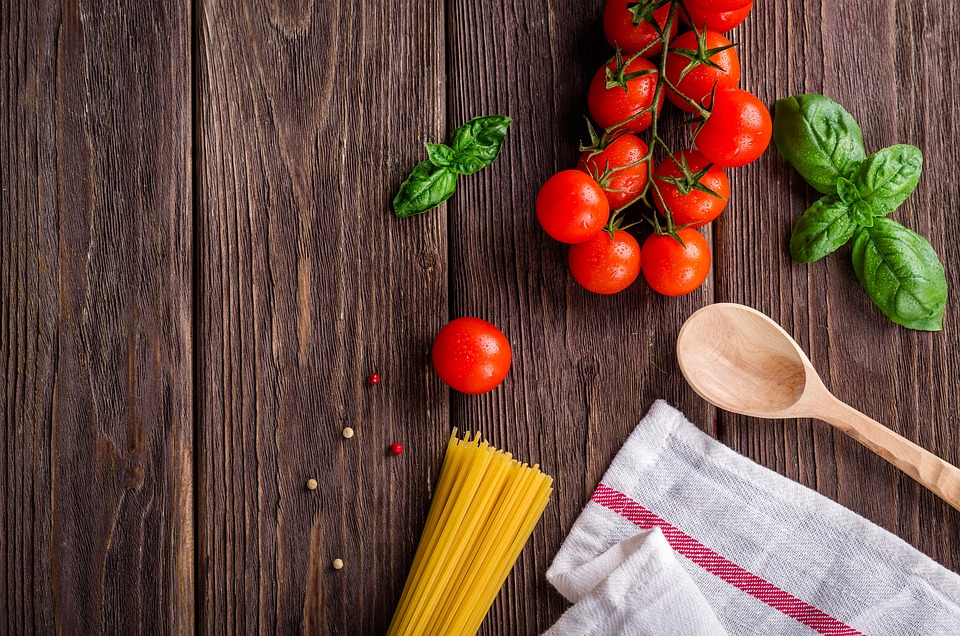In today’s fast-paced world, meal prepping has become a popular strategy for anyone looking to save time, eat healthier, and reduce stress. For the uninitiated, meal prepping involves planning and preparing meals in advance, ensuring that nutritious food is readily available throughout the week. This practice can optimize your time, control portion sizes, and reduce the likelihood of turning to unhealthy fast food options. Here’s a thorough guide to effectively meal prep for the week.
1. Set Your Goals
Before diving into meal prepping, define your unique goals. Are you trying to lose weight, maintain a balanced diet, or perhaps save money on takeout meals? Knowing your objectives will help tailor your meal prep strategy to meet specific needs.
2. Plan Your Menu
Once you have your goals in mind, it’s time to plan your menu. This is arguably the most crucial step in meal prepping. Create a weekly plan that outlines breakfast, lunch, dinner, and snacks. Consider incorporating a variety of foods to ensure you’re getting a balanced diet with all the necessary nutrients. Look for recipes that share similar ingredients to save time and reduce waste.
3. Create a Shopping List
After planning your menu, list all the ingredients you’ll need. Remember to check your pantry and fridge for items you already have to avoid duplicates. A detailed shopping list helps keep you organized and ensures you don’t forget any crucial items, which can be especially convenient if you’re shopping on a tight schedule.
4. Shopping Smart
With your list in hand, head to the grocery store. As you shop, try to stick to the outer aisles of the store where fresh produce, dairy, and meat are typically located. Avoid temptation by steering clear of aisles with processed and junk foods. If you’re on a budget, consider buying generic brands or shopping at discount stores.
5. Choose the Right Containers
Investing in the right containers is essential for successful meal prepping. Look for containers that are BPA-free, microwave-safe, and airtight to keep your meals fresh. Glass containers, while more expensive, are generally more durable and healthier than plastic. Portion control can be significantly improved by using containers that come in various sizes, making it easier to manage your intake.
6. Set Aside Time for Meal Prep
Designate a few hours on a specific day (often Sunday) to prep your meals for the upcoming week. This should be a time when you can focus without distractions. Meal prepping can be time-consuming initially, but as you become more experienced, you’ll find you can complete the process in less time.
7. Batch Cooking
Batch cooking involves preparing large quantities of food that can be portioned out into individual meals. This step is crucial for efficient meal prepping. Cook multiple servings of staples like grains (rice, quinoa), proteins (chicken, tofu), and vegetables, which can be mixed and matched throughout the week.
8. Divide and Conquer
After cooking, divide your meals into your chosen containers. Label each container with the meal and date to ensure freshness. Having a variety of pre-portioned meals readily available makes it easy to grab and go, reducing the temptation to reach for less healthy options.
9. Storage Tips
Proper storage is key to keeping your prepped meals fresh. Store your meals based on when you’ll eat them. Foods that spoil more quickly, like salads or seafood, should be eaten earlier in the week. Items like grains and legumes typically last longer and can be enjoyed later in the week. Utilize your freezer for meals that won’t be consumed within four to five days. Frozen meals can last for several weeks and are great for those chaotic days when you have no time to cook.
10. Reheat Thoughtfully
When it’s time to eat, reheat your meals properly to maintain their nutritional value and taste. Avoid overcooking when reheating, especially vegetables, to prevent them from becoming mushy. Use microwave-safe covers to retain moisture and distribute heat evenly.
11. Stay Flexible
While meal prepping requires planning, it’s essential to stay flexible. Life happens, and sometimes, you might need to adjust your meals accordingly. Maybe an unexpected dinner invite arises, or you simply don’t feel like eating what you planned. Having a few versatile ingredients, like cooked chicken breasts or a pot of quinoa, can help you quickly adapt your meals without derailing your entire plan.
12. Incorporate Snacks and Hydration
Don’t forget to prep your snacks! Healthy options such as cut-up vegetables, fruits, nuts, and yogurt can fend off hunger between meals. Additionally, prepping flavored water or herbal teas ahead of time can help ensure you stay hydrated throughout the week.
13. Monitor Your Progress
Keep track of your meal-prepping successes and areas for improvement. This could include noting which recipes you enjoyed, which ones were less exciting, and any adjustments needed for future weeks. Gradually, you’ll become more efficient and adept at creating a meal prep system tailored to your lifestyle.
14. Have Fun and Experiment
Meal prepping doesn’t have to be monotonous. Experiment with new recipes and cuisines to keep things interesting. Involving family members or roommates can also make the process enjoyable and perhaps even turn it into a weekly tradition.
Conclusion
Meal prepping is an empowering strategy that can lead to better eating habits, reduced stress, and more free time. Although it may seem daunting at first, following these steps can simplify the process and set you on a path to a more organized and nutritious lifestyle. Your future self will thank you for the effort you put into planning and preparing your meals. Start small, stay consistent, and enjoy the myriad benefits that come with mastering the art of meal prepping.


